CYCOGS ® Education Page on Basic Types of Robots
The
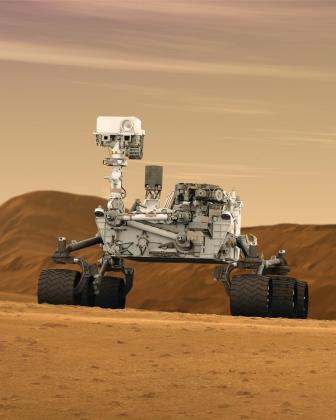
Mobile Robotics which operate on a floor, road or ground usually employ wheels.
Tracks, legs, hopping, slithering, rolling body among others represent modes of mobility movement. This is an introduction into the different Types of Robot Mobility.Wheeled Mobile Robotics (WMR)
We all recognize what a wheel is, but why implement the wheel? The wheel is an efficient means to move on a surface and requires no power to maintain position, except for the balancing robots like the ball bot and Segway two-wheel robots. Wheel systems are easily scalable in both size and quantity. Simply apply a rotational force to the wheel and your moving!
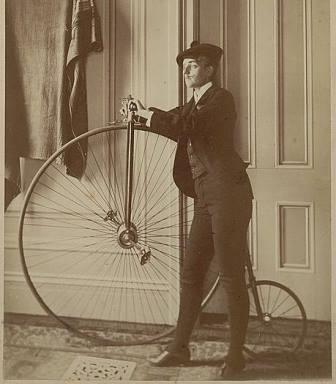 As the human race evolves, we as humans will spend more time with our indoor robots.
But indoor mobile robots encounter a much more difficult, complex, navigation environment, scenarios and collision hazards than most other robotic types.
As the human race evolves, we as humans will spend more time with our indoor robots.
But indoor mobile robots encounter a much more difficult, complex, navigation environment, scenarios and collision hazards than most other robotic types.
Primary types of robots
There are many robot types. Some physical, some not. The non-physical robots include such types as Avatars, simulated robots, software and virtual robots. We have
space based
- Zero Gravity robot vehicles, typically called “satellites.” The James Webb Space Telescope (JWST) and the Hubble Space Telescopes (HST) are prime examples. Closer to Earth, we haveatmospheric based robots,
such as fixed-wing flying, rotary helicopters, multi-engine hover drones and floating Blimp robots.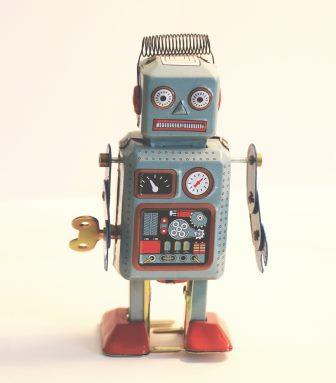 Even closer, we have
Even closer, we have liquid water robot types.
Which include the surface water floating based, unmanned boats and underwater or submergeable robots such as mine sweepers, salvage and imaging robots.And now on to land, and firm surfaces with
indoor and outdoor robots.
These are the mobile robots we are interested in. But we have other robot types. We havemanipulator arms,
like industrial robot arms, humanoid arms, as well as other non-industrial robot arms. And that delivers us tospecialty and hard to classify
robotic systems, such as DNA sequencers, tape libraries, robot brick layers, some 3D printers, pipe inspection, power line inspection, pool cleaners and some complex automation.Now, back to dry land and hard surface robots, where we have subtypes here, such as:
Legged
orwalking robots,
Wheeled Mobile Robots (WMR),
Hybrid Robots and robotic mobility that cannot be easily classified like hopping, crawling or slithering. We are sure there are more robotic movement types out there, or that will soon be invented.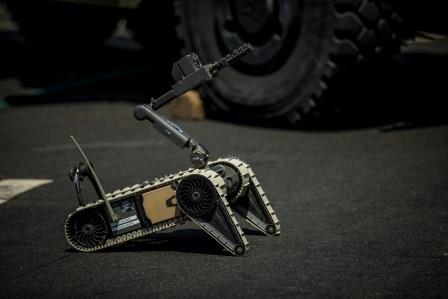
Now, considering Legged Robots
The legged robots are typically modeled after biology's dynamic and kinematic examples, with features like the type of Gait, and if the Gait is periodic, or non-periodic or even free Gait. (Gait is the limbed movement locomotion.) How do the robots “Stand”? Are the legged robots static balanced, or are they actively dynamic balanced, like the inverted pendulum mode of operation? Legged robots support varying numbers of legs, for instance two legs for humanoid based, or using three or more legs minimum for tripod stability, we see the case for four legged animals as a three - legged case with one leg for redundancy. Do the legs provide asymptotically based stability, or are they Neutrally stable?
 No matter what type of legged implementation, the ability to lift a foot off the surface allows most the ability to
transverse certain obstacles like stepping over a wire or mobility on stairs better than wheeled vehicles.
No matter what type of legged implementation, the ability to lift a foot off the surface allows most the ability to
transverse certain obstacles like stepping over a wire or mobility on stairs better than wheeled vehicles.
Every so often legs are used with other modes of mobility. These hybrid drives comprise combinations of other mobility types. One hybrid mobility type combines legs with wheels, and that offers some truly unique mobility options. Many hybrid mobility types offer holonomic 4-DoF mobility. Two such examples are the “Roller-Walker” robot, using four legs with un-powered wheels, allows walking and wheeled “skating”. Another example is the creative Halluc II, with eight legs, with active wheels, allowing multiple modes of walking and wheeled movements.
And this brings us to Wheeled Mobile Robotics (WMR)
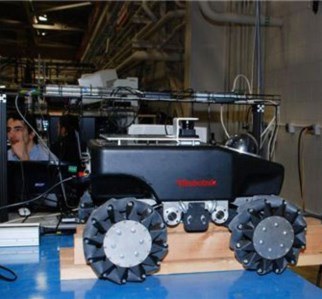 More precisely under the Wheeled category, there are several sub-types of wheeled vehicles.
More precisely under the Wheeled category, there are several sub-types of wheeled vehicles.
Most wheeled vehicles have Equivalent Models, which we have detailed on our web links below.
Single Unit Mobility
Differential Mobility
Ackermann Mobility
Synchronous Mobility
Omni – Directional Mobility
Holonomic Mobility
Hybrid Mobility - hybrid Mobility comprise combinations of other mobility types.
The
The choice of robotic mobility will apparently fall into two groups.
One group will use end-users, who are considering purchasing a robot and pick a vehicle or robotics based on overall specifications. The other group are the robotic mobility system engineers, who make design choices and develop innovative products. You need to be aware of the robot’s fundamental operating characteristics. These characteristics include the size and weight of the robot, indoor or outdoor use, payload and lifting capacity, towing requirements, and any impact on its environment such as noise and heat output. And do not forget the “gotcha” - Battery Runtime! The choice of mobility drive technology used in a robot is up to the designer, its targeted end use, costs, the level of desired mobility and speed of travel. It is challenging to design suitability, maintainability and flexibility to meet current and future tasks while delaying obsolescence. Just ponder the issues of robot mass related accelerations, rolling resistance and wheel slippage, which are the biggest mechanical “work” factors in energy consumption. Air drag is not a factor for indoor mobile robots.Any power train gear reduction causes efficiency issues and friction, which also consume significant amounts of mechanical power. Your motors and motor control electronics can consume energy even while not performing mechanical work. It’s just lost heat, plus your servo system may experience conversion losses when performing this “work.” You will find for a given task, a robot has fixed parameters relating to its weight, power train and electronic efficiencies. The robot mobility design choices you make can influence your vehicles movement efficiencies, maybe even creating time and energy savings.
 Learn more about AI Robotics with the
Learn more about AI Robotics with the Contact: Send questions and comments about the Education on Basic Robot Types by